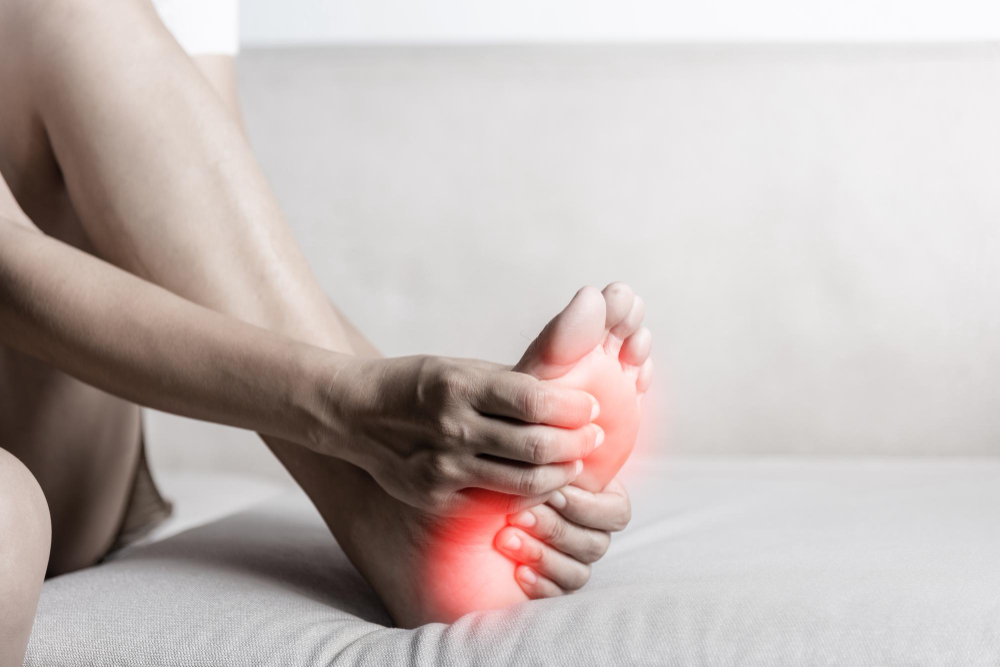11. Joint Redness

Joint redness associated with gout is a visible sign of inflammation, indicating the body’s response to the accumulation of uric acid crystals within the joint space. This symptom can make the skin around the affected joint appear bright red or purple, and feel warm to the touch. The vividness of the color and the degree of warmth are often proportional to the severity of the inflammation. This external manifestation of gout not only signals an ongoing attack but also highlights the acute inflammatory nature of the condition.
Managing joint redness effectively involves both immediate and long-term strategies aimed at reducing inflammation and controlling uric acid levels. Anti-inflammatory medications can provide rapid relief from redness and discomfort, while cooling the area with ice packs may also help reduce swelling and redness temporarily. Over the long term, adhering to a gout management plan that includes dietary modifications, lifestyle changes, and possibly medication to lower uric acid levels is key to preventing future attacks and associated symptoms like joint redness. These combined efforts help mitigate the impact of gout on daily life and prevent the progression of the disease.
